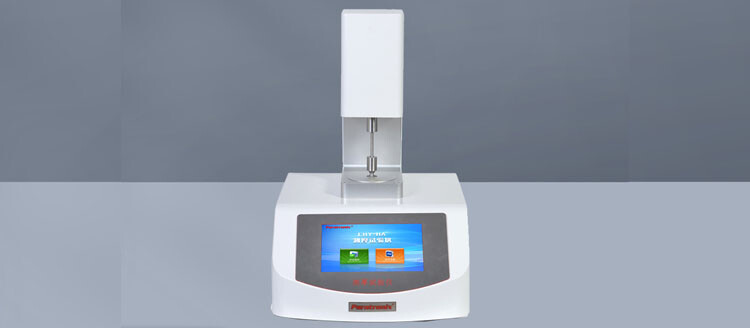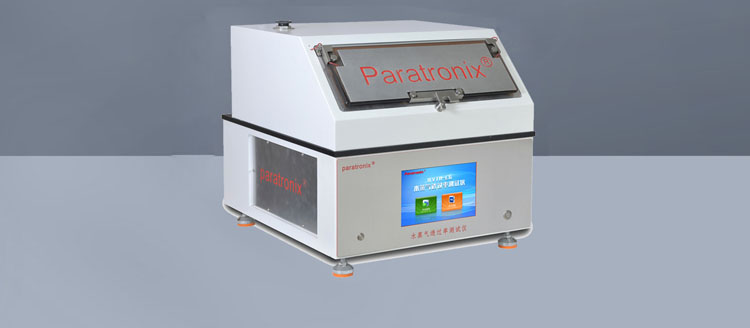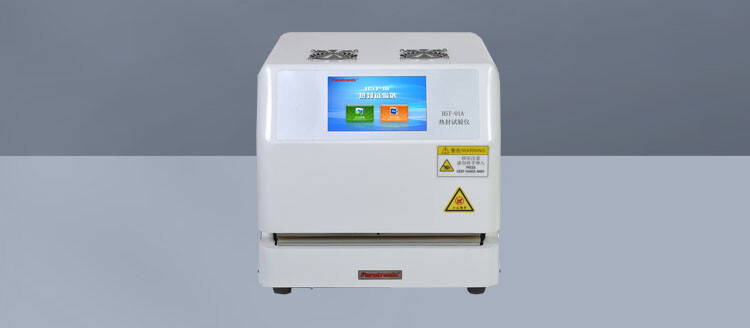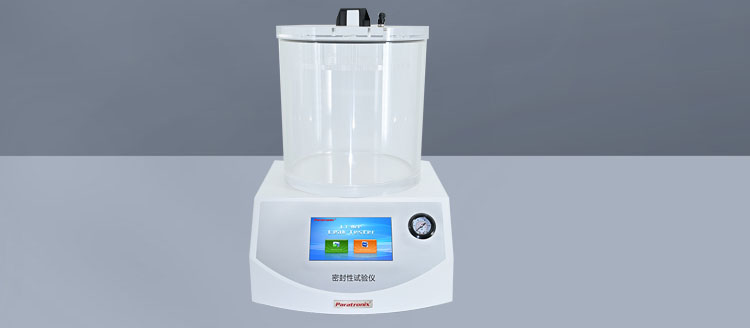Recent Posts
 Maintenance methods for thin film thickness detection instruments2025-12-15
Maintenance methods for thin film thickness detection instruments2025-12-15 Method for detecting the opening tension of food chain self sealing bags2025-12-03
Method for detecting the opening tension of food chain self sealing bags2025-12-03 Packaging industry testing instrument - moisture permeability tester2025-11-26
Packaging industry testing instrument - moisture permeability tester2025-11-26 What testing instruments are used for testing the heat sealing performance of thin films?2025-11-20
What testing instruments are used for testing the heat sealing performance of thin films?2025-11-20 Precautions for using negative pressure seal detector2025-11-10
Precautions for using negative pressure seal detector2025-11-10
The opening force test of aluminum-plastic composite covers accurately determines the opening force of aluminum-plastic composite covers, evaluates their ease of opening and packaging usability, and provides strong data support for product quality control, packaging design optimization, and consumer experience improvement.
Using the Paratronix electronic tensile testing machine, a vertical upward tensile force is applied to the aluminum-plastic composite cap to simulate the actual opening process. The maximum tensile force value from the start of the force application to the moment when the cap is fully opened is recorded, which is the opening force. The ETT-A Multipurpose Tester is equipped with a high-precision force sensor, with an accuracy of ± 0.5% and a range of 0-2000N, which can meet the testing requirements for opening force of aluminum-plastic composite covers of different specifications. Choose specialized fixtures to customize according to the size and shape of the aluminum-plastic composite cap, ensuring that the bottle cap can be firmly clamped during the testing process, with even force application, and avoiding test result deviation caused by fixture problems.
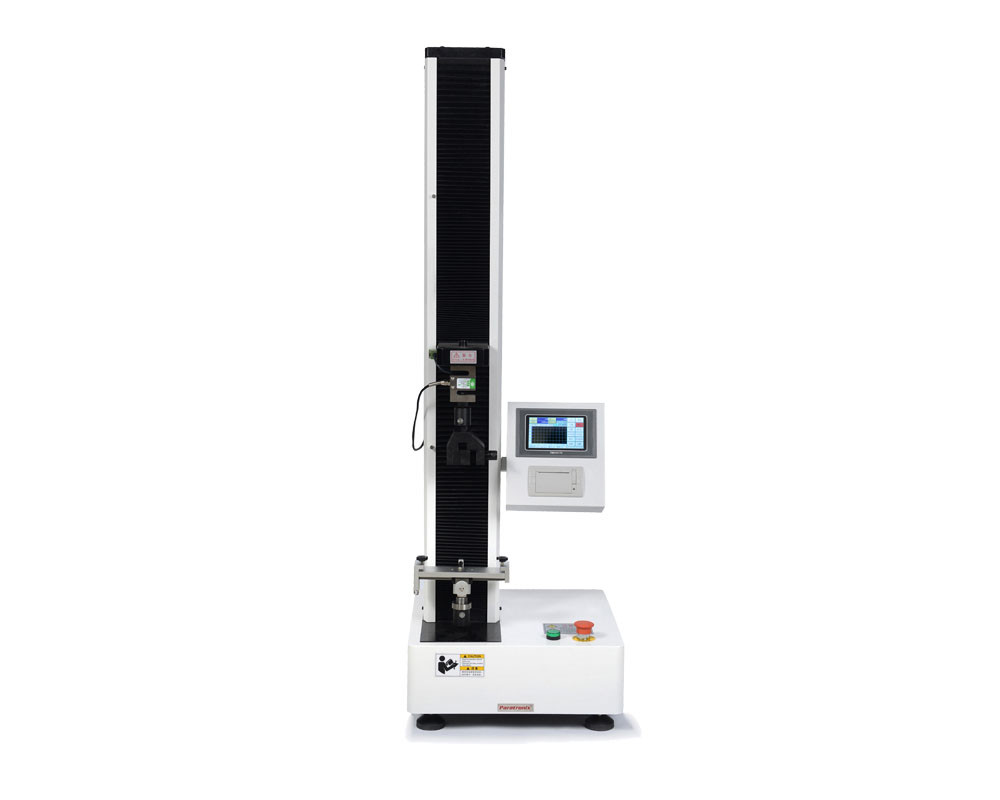
Test steps for opening force of aluminum-plastic composite cover
Equipment preparation: Connect the power supply and preheat for 15-30 minutes to bring the instrument to a stable working state. Install and debug specialized fixtures based on the size of the aluminum-plastic composite cover to ensure that the fixtures are securely installed and positioned accurately. According to the equipment operation manual, calibrate the tensile testing machine and set the test parameters.
Sample installation: Carefully install the prepared aluminum-plastic composite cap on the dedicated fixture, ensuring that the cap is tightly attached to the fixture, the center position is aligned, and avoiding tilting or sliding during the testing process, which may affect the accuracy of the test results.
Experimental operation: Start the tensile testing machine and apply a vertical upward tensile force to the aluminum-plastic composite cover at the set speed. At the same time, collect and record the force value and displacement data in real time. Closely observe the experimental process. At the moment when the aluminum-plastic composite cap is completely opened, i.e. separated from the bottle body, record the maximum tensile force value at this time, which is the opening force of the sample. Repeat the above steps for each sample and test 20 samples.
Attention: ① The test environment should maintain a constant temperature of (23 ± 2) ℃ and relative humidity of (50 ± 5)% to avoid changes in the material properties of aluminum-plastic composite covers due to temperature and humidity fluctuations, which may affect the test results. ② Before each test, carefully inspect the dedicated fixture for wear, deformation, and other conditions to ensure that the fixture can work properly and apply uniform tension to the sample. ③ If any abnormal conditions are found in the sample during the testing process, such as different opening methods from normal, broken bottle caps, etc., the reasons should be recorded in detail and analyzed. If necessary, samples should be re taken for testing. ④ Regularly maintain and calibrate the tensile testing machine to ensure stable instrument performance and accurate measurement. The recommended calibration cycle is once every six months. During the calibration process, strictly follow the relevant national standards and instrument operating procedures for operation.
Leave A Reply
Search by Keywords

